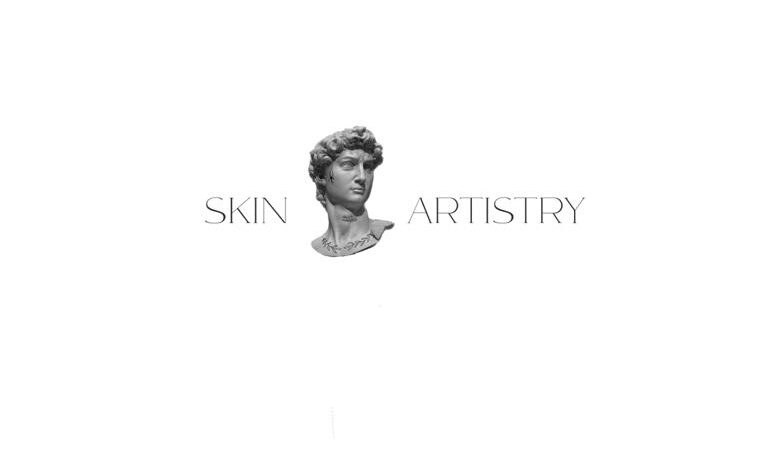Have you ever regretted getting a tattoo? Maybe it was a spur-of-the-moment decision or the design just didn’t turn out the way you wanted it to. Whatever the reason, you’re not alone. Many people have tattoos they wish they could remove, but the thought of dealing with a tattoo removal scar can be daunting.
Fortunately, with advancements in technology, tattoo removal has become more effective and less invasive than ever before. Whether you’re looking to remove a small tattoo or a full sleeve, there are options available that can help you achieve the results you want without leaving a noticeable scar. In this article, we’ll explore some of the most popular tattoo removal methods and discuss how they can help you say goodbye to your unwanted ink for good.
Understanding Tattoo Removal Scars
Tattoo removal is a popular procedure that helps individuals get rid of unwanted tattoos. However, it is not uncommon for individuals to experience scarring after the procedure. In this section, we will discuss tattoo removal scars, including what they are, how they occur, and what can be done to prevent or minimize them.
Scarring is a natural part of the body’s healing process. When the skin is damaged, the body produces collagen to repair the injury. This collagen forms a scar, which is often thicker and more visible than the surrounding skin. In some cases, scars can be raised and lumpy, known as keloid scars.
Tattoo removal scars occur when the laser used to remove the tattoo damages the skin. The laser breaks down the ink particles in the tattoo, causing them to be absorbed by the body. However, if the laser is too powerful or the skin is too sensitive, it can cause damage to the surrounding tissue, leading to scarring.
To prevent or minimize tattoo removal scars, it is important to choose a qualified and experienced technician who uses the appropriate laser for your skin type and tattoo. It is also important to follow the aftercare instructions provided by your technician, such as keeping the area clean and avoiding sun exposure.
If you do experience scarring after tattoo removal, there are several treatment options available. These include corticosteroid injections, which can help reduce inflammation and flatten the scar, and silicone gel or sheeting, which can help soften and smooth the scar.
In conclusion, while tattoo removal can help individuals get rid of unwanted tattoos, it is important to be aware of the potential for scarring. By choosing a qualified technician and following proper aftercare instructions, you can help prevent or minimize tattoo removal scars. If scarring does occur, there are treatment options available to help reduce its appearance.
Types of Tattoo Removal

When it comes to removing a tattoo, there are several methods available. Each method has its own advantages and disadvantages, and the choice of method depends on the size, color, and location of the tattoo, as well as the patient’s skin type and personal preferences. In this section, we will discuss the most common types of tattoo removal.
Laser Treatment
Laser tattoo removal is the most popular and effective method of tattoo removal. It works by using high-intensity light beams to break up the ink particles in the skin. The broken-down ink particles are then absorbed by the body’s immune system and eliminated naturally. Laser treatment is relatively painless and requires multiple sessions to achieve complete removal.
Dermabrasion
Dermabrasion is a technique that involves removing the top layer of skin with a high-speed rotary device. This method is effective for removing superficial tattoos, but it can be painful and may leave scarring.
Excision
Excision is a surgical method of tattoo removal that involves cutting out the tattooed skin and stitching the remaining skin back together. This method is effective for small tattoos, but it can be painful and may leave a scar.
Chemical Peels
Chemical peels involve applying an acid solution to the skin to remove the top layer of skin. This method is effective for removing superficial tattoos, but it can be painful and may leave scarring.
Tattoo Removal Creams
Tattoo removal creams contain chemicals that break down the ink particles in the skin. However, these creams are not very effective and may cause skin irritation.
In conclusion, there are several methods available for tattoo removal, each with its own advantages and disadvantages. Laser treatment is the most effective method, but it requires multiple sessions and can be expensive. Other methods, such as dermabrasion, excision, chemical peels, and tattoo removal creams, may be effective for some tattoos but can be painful and may leave scarring.
Factors Influencing Scarring
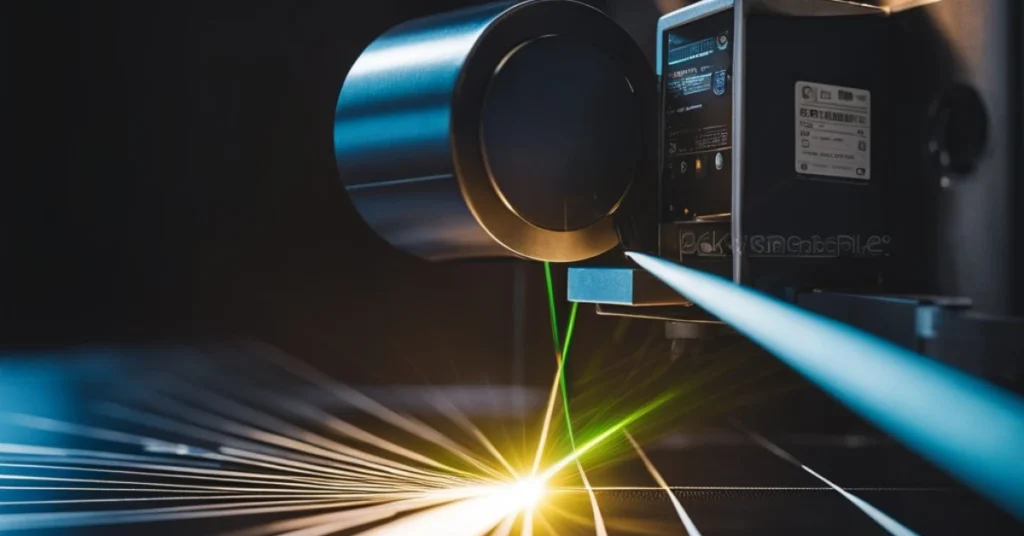
When it comes to tattoo removal, one of the biggest concerns is the potential for scarring. While some scarring is inevitable with any type of skin trauma, there are several factors that can influence the extent of scarring after tattoo removal.
Tattoo Size and Color
The size and color of your tattoo can play a significant role in the scarring that occurs after removal. Larger tattoos typically require more passes with the laser, which can increase the risk of scarring. Additionally, certain colors (such as blue and green) are more difficult to remove and may require higher laser settings, which can also increase the risk of scarring.
Tattoo Artist Skill
The skill and experience of your tattoo artist can also impact scarring after tattoo removal. A poorly done tattoo can cause more trauma to the skin during removal, which can result in more scarring.
Type of Tattoo Ink
The type of ink used in your tattoo can also impact scarring after removal. Black ink is typically the easiest to remove, while other colors may require more laser passes and higher settings, which can increase the risk of scarring. Additionally, some tattoo inks contain metals and other ingredients that can cause allergic reactions and increase scarring risk.
Location of Tattoo
The location of your tattoo can also impact scarring after removal. Areas with thinner skin (such as the wrists and ankles) are more prone to scarring than areas with thicker skin (such as the upper arms and back).
Overall, it’s important to understand that some scarring is inevitable with tattoo removal. However, by taking into account these various factors, we can minimize the risk of excessive scarring and achieve the best possible results.
Removing a tattoo can be a difficult decision, but sometimes it’s necessary. If you’re considering tattoo removal, it’s important to understand the potential side effects and risks involved. In this section, we’ll discuss some of the most common side effects and risks associated with tattoo removal scar.
Potential Side Effects and Risks
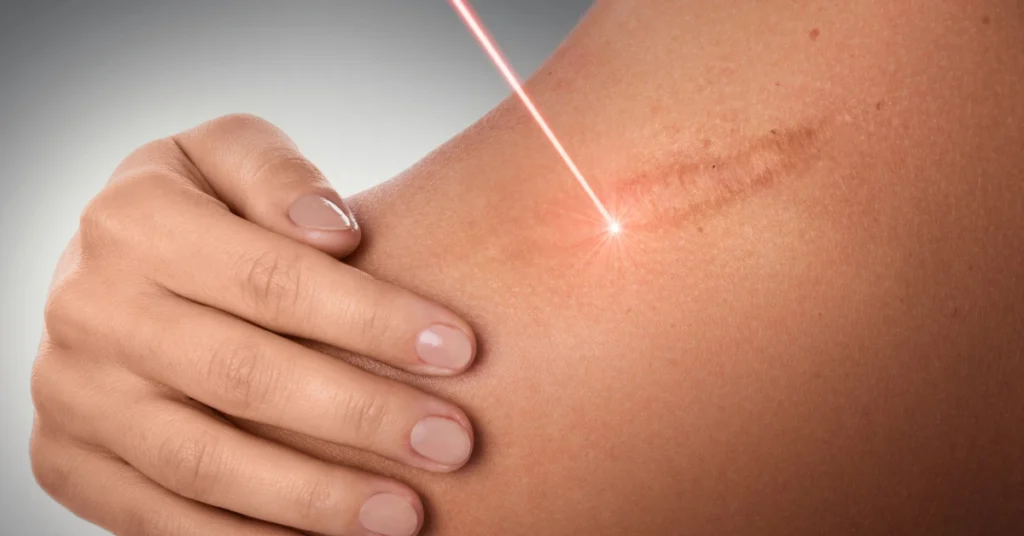
Tattoo removal scar can be a safe and effective procedure, but like any medical procedure, it does come with some risks. Here are some of the most common side effects and risks associated with tattoo removal scar:
- Swelling: Swelling is a common side effect of tattoo removal. It usually lasts for a few days and can be treated with ice packs and over-the-counter pain medication.
- Healing: The healing process after tattoo removal can take several weeks. During this time, it’s important to keep the area clean and dry to prevent infection.
- Infection: Infection is a risk associated with any medical procedure, including tattoo removal. Signs of infection include redness, swelling, and discharge. If you experience any of these symptoms, contact your doctor immediately.
- Pain: Tattoo removal can be painful, especially during the first few sessions. Your doctor may recommend over-the-counter pain medication or a topical anesthetic to help manage the pain.
- Redness: Redness is a common side effect of tattoo removal. It usually lasts for a few days and can be treated with ice packs and over-the-counter pain medication.
- Pigmentation: Pigmentation changes are a risk associated with tattoo removal. Hypopigmentation (loss of skin color) and hyperpigmentation (darkening of the skin) can occur. These changes are usually temporary, but in some cases, they can be permanent.
- Scabs: Scabbing is a normal part of the healing process after tattoo removal. It’s important not to pick at the scabs, as this can increase the risk of infection and scarring.
- Blistering: Blistering is a common side effect of tattoo removal. It usually heals on its own within a few days.
- Bleeding: Bleeding is a risk associated with tattoo removal. It’s important to follow your doctor’s instructions for aftercare to minimize the risk of bleeding.
- Discomfort: Discomfort is common during and after tattoo removal. Your doctor may recommend over-the-counter pain medication or a topical anesthetic to help manage the discomfort.
- Bruising: Bruising is a common side effect of tattoo removal. It usually lasts for a few days and can be treated with ice packs and over-the-counter pain medication.
- Allergic reaction: Allergic reactions to tattoo removal are rare, but they can occur. Signs of an allergic reaction include itching, hives, and difficulty breathing. If you experience any of these symptoms, contact your doctor immediately.
Post-Removal Care and Healing
After undergoing tattoo removal, it is important to take proper care of the treated area to ensure optimal healing and minimize the appearance of any resulting scars. At our clinic, we provide detailed aftercare instructions to help our clients achieve the best possible results.
One of the most important aspects of post-removal care is keeping the treated area clean and protected. We recommend gently washing the area with soap and water twice a day and applying an antibacterial ointment to prevent infection. It is also important to keep the area covered with a bandage for the first few days after treatment to protect it from irritation.
During the healing process, it is common to experience some swelling, redness, and blistering. This is a natural part of the body’s response to the removal process and should subside within a few days. To help manage these symptoms, we may recommend using a local anesthetic or prescription-strength antibiotic cream.
To further promote healing and minimize scarring, it is important to avoid exposing the treated area to direct sunlight or water for at least two weeks after treatment. We also recommend using protective eye shields during treatment to prevent any accidental exposure to laser light.
Overall, following our recommended aftercare protocol is crucial for achieving the best possible results after tattoo removal. By taking proper care of the treated area, we can help minimize the appearance of any resulting scars and ensure a smooth, speedy recovery.
Home Remedies for Tattoo Removal Scars
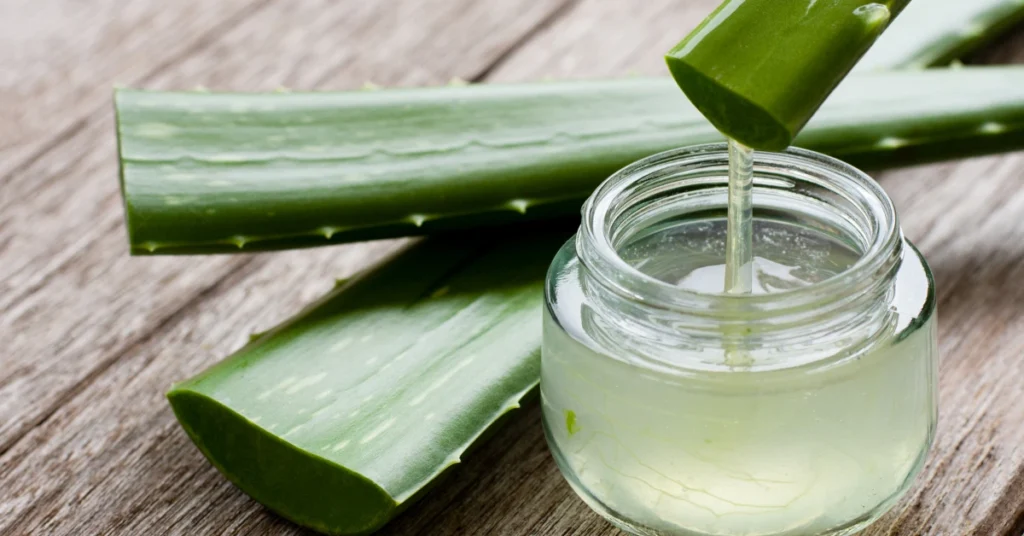
If you have had a tattoo removed, you may be left with a scar. While scars can be a natural part of the healing process, they can be unsightly and may make you feel self-conscious. Fortunately, there are several home remedies that you can try to help reduce the appearance of tattoo removal scars.
One of the most popular home remedies for scar reduction is aloe vera. Aloe vera has been used for centuries to treat a variety of skin conditions and is known for its healing properties. To use aloe vera on your tattoo removal scar, simply apply a small amount of aloe vera gel to the scarred area and massage it in gently. You can do this several times a day to help reduce the appearance of the scar.
Another home remedy that may help reduce the appearance of tattoo removal scars is microdermabrasion. Microdermabrasion is a technique that uses a special tool to remove the outer layer of skin, which can help to reduce the appearance of scars. While this technique is typically performed by a professional, there are at-home microdermabrasion kits available that you can use to treat your scar.
If your tattoo removal scar is raised or bumpy, it may be a keloid scar. Keloid scars are caused by an overgrowth of scar tissue and can be difficult to treat. However, there are several home remedies that may help to reduce the appearance of keloid scars, including applying a warm compress to the scarred area, using silicone gel sheets, and massaging the scar with vitamin E oil.
Overall, while there is no guaranteed way to completely remove a tattoo removal scar, there are several home remedies that you can try to help reduce its appearance. By using a combination of these remedies, you may be able to improve the look of your scar and feel more confident in your skin.
Cost and Effectiveness of Tattoo Removal
Tattoo removal scar is a common concern among individuals who wish to remove their tattoos. There are various methods available for tattoo removal, but some of them can be expensive and may not be effective for everyone. In this section, we will discuss the cost and effectiveness of tattoo removal methods.
Cost
The cost of tattoo removal can vary depending on the method used, the size and location of the tattoo, and the number of sessions required. Generally, laser therapy is the most common and effective method for tattoo removal, but it can be expensive. The average cost of a single laser session can range from $200 to $500, and multiple sessions may be needed for complete removal. Other methods, such as dermabrasion and excision, may be less expensive, but they are generally less effective and may cause more scarring.
Effectiveness
The effectiveness of tattoo removal methods can vary depending on various factors, such as the type of ink used, the depth of the tattoo, and the skin tone of the individual. Darker skin tones may require more sessions or a different type of laser to avoid scarring or hyperpigmentation. Q-switched lasers are the most commonly used type of laser for tattoo removal and are effective in breaking down ink particles. However, even with laser therapy, complete removal of a tattoo may not be possible, and some scarring may occur.
It is important to choose an experienced tattoo artist or dermatologist for tattoo removal to minimize the risk of scarring or keloid scars. Additionally, proper aftercare is crucial to promote healing and reduce the risk of scarring.
In conclusion, tattoo removal can be expensive and may not be completely effective for everyone. Laser therapy is generally the most effective method, but multiple sessions may be required, and some scarring may occur. It is important to consider the cost and effectiveness of tattoo removal methods before making a decision.
Choosing the Right Tattoo Removal Method
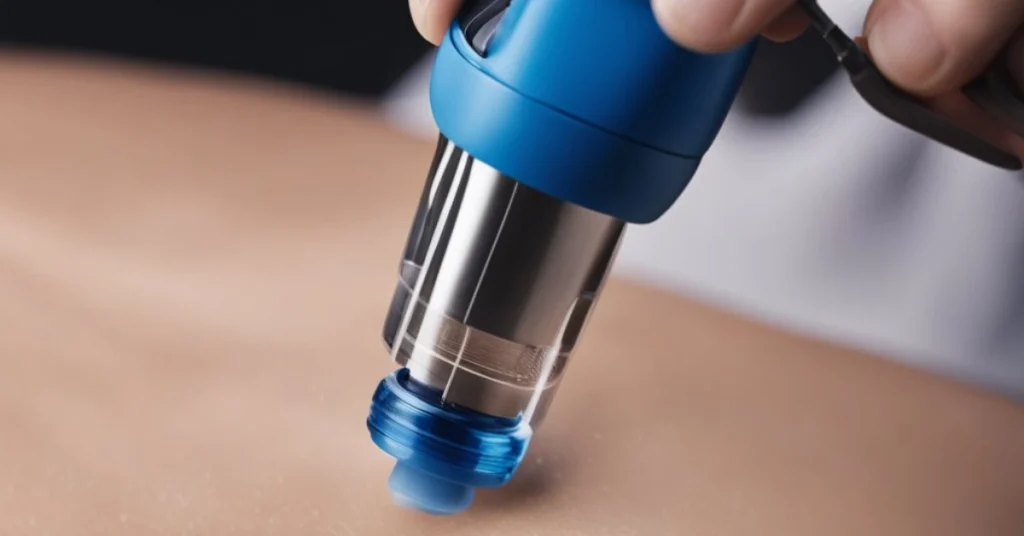
When it comes to removing tattoos, there are a few methods to choose from. Each method has its own pros and cons, so it’s important to choose the right one for your needs. Here, we will discuss the different tattoo removal methods and what you should consider when choosing one.
Laser Removal
Laser tattoo removal is one of the most common methods used today. It involves using a laser to break up the ink particles in the skin, which are then absorbed by the body and leached out over time. Laser removal can be effective, but it requires multiple sessions and can be quite expensive. It can also be quite painful, and tenderness and redness are common after each session. It’s important to avoid tight clothing and direct sunlight during the healing process.
Surgical Removal
Surgical tattoo removal involves cutting out the tattooed skin and stitching the remaining skin back together. This method is typically only used for small tattoos, as larger ones can leave significant scarring. Surgical removal is usually done under local anesthesia, but it can be quite painful during the healing process.
Chemical Removal
Chemical tattoo removal involves applying a chemical solution to the tattooed skin, which breaks down the ink particles over time. This method can be effective, but it can also be quite painful and can leave significant scarring. It’s important to avoid direct sunlight and tight clothing during the healing process.
Considerations
When choosing a tattoo removal method, it’s important to consider a few key factors. First, consider the size and location of the tattoo. Some methods are better suited for smaller tattoos, while others are better for larger ones. You should also consider your budget and commitment level. Laser removal can be quite expensive and requires multiple sessions, while surgical and chemical removal can be more affordable but can also be quite painful and leave significant scarring.
Ultimately, the right tattoo removal method will depend on your individual needs and goals. It’s important to discuss your options with a qualified professional to determine the best course of action for you.
Our Opinion on Tattoo Removal Scar
Tattoo removal is a well-liked cosmetic procedure that involves eliminating a tattoo from the skin. Although the process can be successful, it may also lead to scarring. We firmly believe that tattoo removal can be a safe and effective choice for individuals who want to get rid of unwanted tattoos. However, it is crucial to comprehend the potential risks and limitations of the procedure before getting it done.
Scarring is a common side effect of tattoo removal, and it can be more severe in some cases than others. The risk of scarring can be minimized by choosing a qualified and experienced tattoo removal specialist, following proper aftercare instructions, and avoiding certain activities that can increase the risk of scarring.
While scarring is a potential risk of tattoo removal, it is important to remember that every patient is different and results can vary. In some cases, scarring may be minimal or not noticeable at all.
In conclusion, while scarring is a potential risk of tattoo removal, it should not deter you from pursuing the procedure if it is something you truly desire.
What are some effective ways to treat scars from tattoo removal?
Scars from tattoo removal can be treated with a variety of methods. Some of the most effective treatments include laser therapy, dermabrasion, and chemical peels. Laser therapy is the most common method used to treat scars from tattoo removal, and it works by breaking down the scar tissue and stimulating the growth of new skin cells. Dermabrasion involves removing the top layer of skin with a special tool, while chemical peels use a chemical solution to remove the top layer of skin. In some cases, a combination of these treatments may be necessary to achieve the best results.
How long does it take for tattoo removal scars to heal?
The healing time for tattoo removal scars can vary depending on the severity of the scar and the treatment method used. In general, it can take several weeks or even months for the scar to fully heal. During this time, it is important to keep the area clean and dry, and to avoid exposing it to sunlight or other sources of UV radiation.
Can tattoo removal cause scarring?
While tattoo removal is generally safe, it can sometimes cause scarring. This is more likely to occur if the tattoo was large or if the skin was damaged during the tattooing process. In some cases, scarring may also occur if the tattoo removal procedure is not performed correctly. To minimize the risk of scarring, it is important to choose a qualified and experienced tattoo removal specialist, and to follow all post-treatment care instructions carefully.
If you’ve had experience with tattoo removal scars and also liked this article, please share in the comments below!
